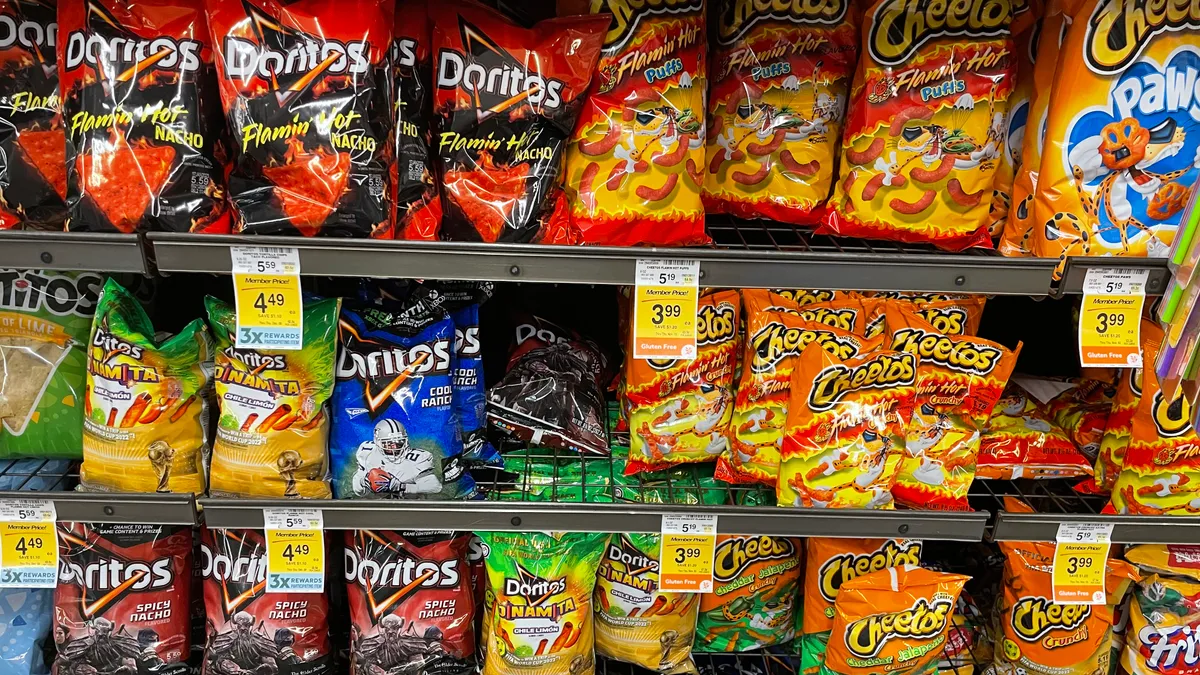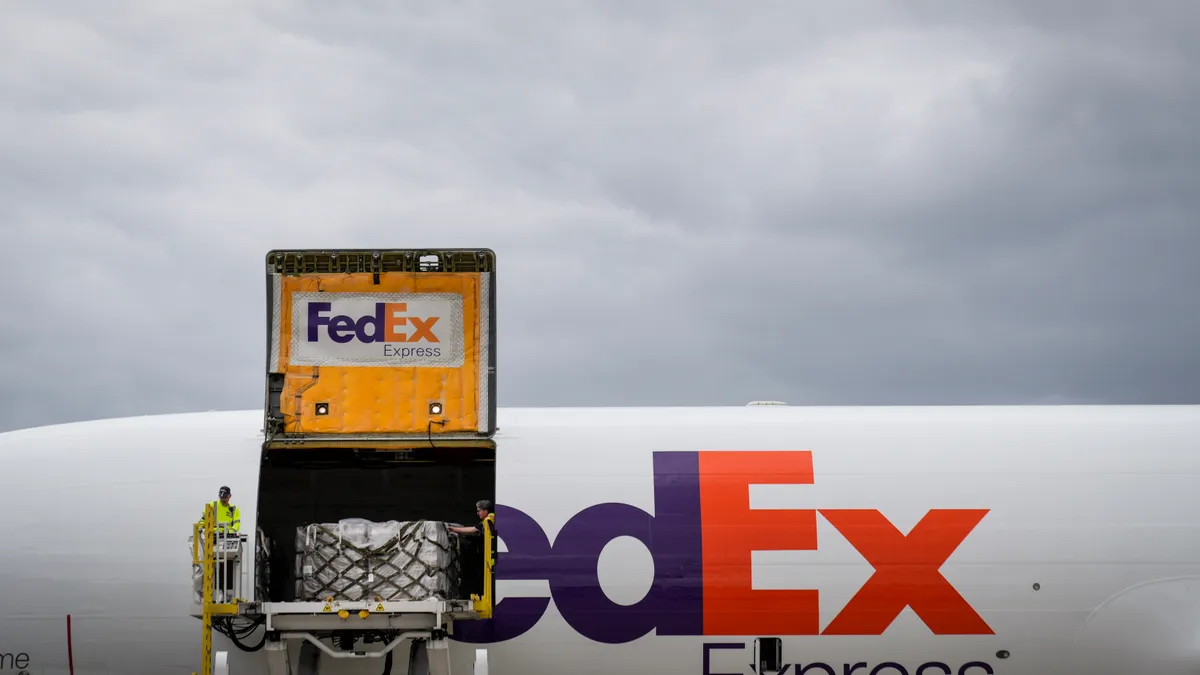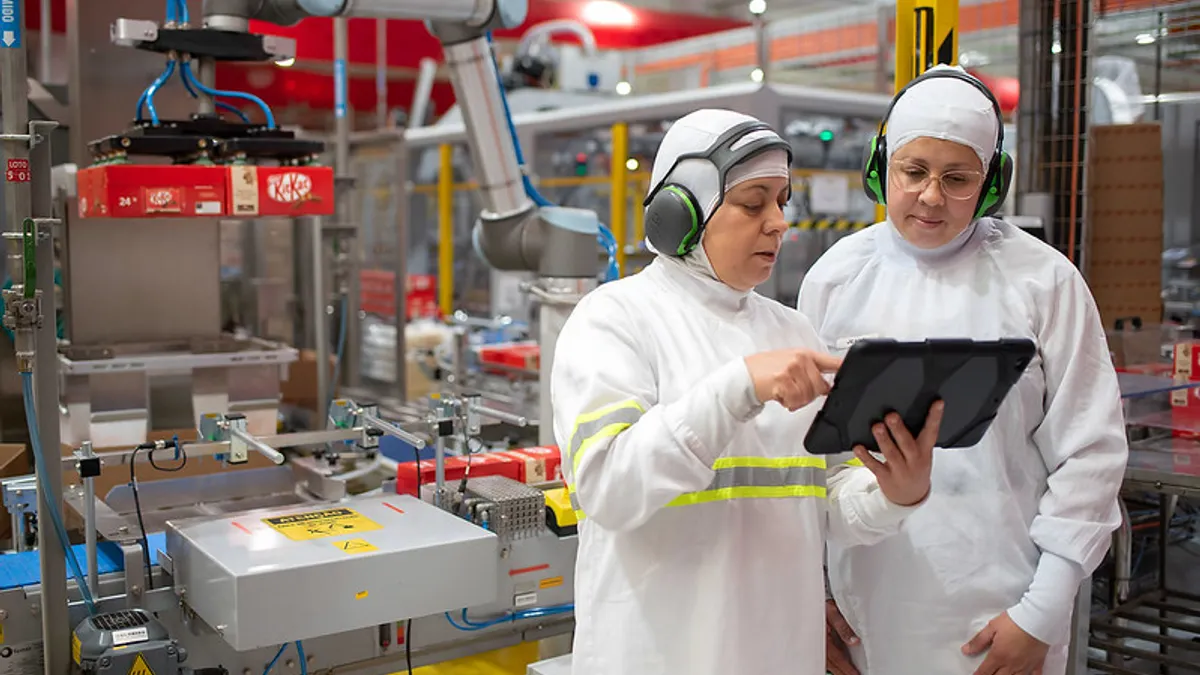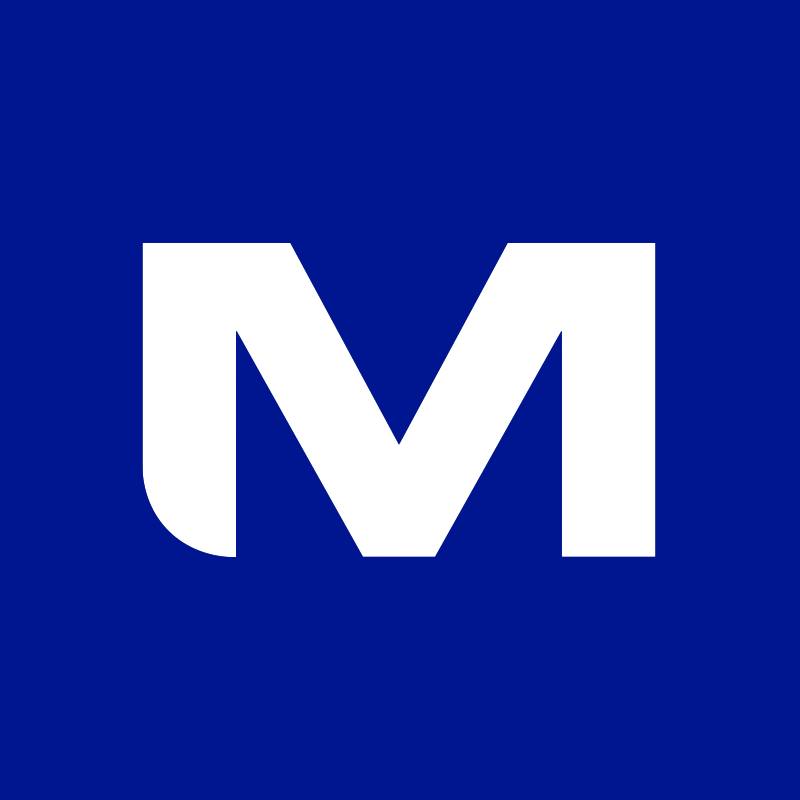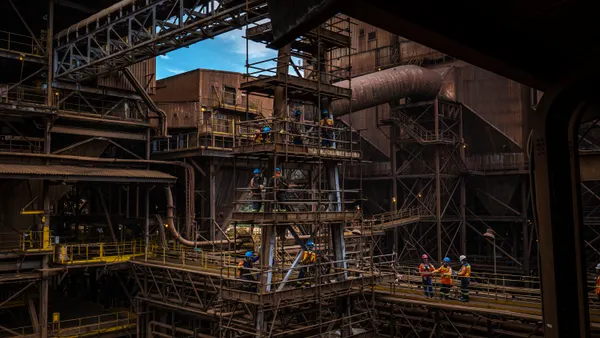Dive Brief:
- PepsiCo has begun testing in Texas the integration of its two largest North American business units — snacks and beverages — into a more unified distribution model to reduce costs and boost productivity, executives told investors last month.
- The food manufacturer’s warehouse consolidation plans for the two businesses are part of an initiative to improve its cost structure over the next three or four years. Investments in technology have provided the data and systems necessary to support the integration, executives told investors in July.
- “Texas is probably the state where we have the biggest opportunity, given our low share in beverages, high share in snacks, when we put those businesses in the same warehouse and we serve the customers from one point of distribution, this is giving us a lot of benefit,” Chairman and CEO Ramon Laguarta said in an Oct. 9 earnings call. “So we will see. We’re testing and learning in Texas.”
Dive Insight:
PepsiCo’s Texas project is a piece of the company’s One North America strategy to trim costs, improve margins and drive growth, Laguarta said. After testing the plan, the company will decide how to expand it nationwide.
“The end solution will not be a one-size-fits-all for the whole country,” Laguarta said. “So it will be more of a nuanced solutions depending on the market positions and the market size and where the population is in the different parts of the country.”
A slowdown in consumer spending and changing eating habits have forced food manufacturers to align production and costs with their shifting markets. PepsiCo followed the Texas announcement with a November notice that it would close a pair of Frito-Lay facilities in Orlando, Florida, including a manufacturing plant and an on-site warehouse on Nov. 4 and an off-site warehouse on May 9, 2026.
Laguarta told investors the company is preparing “to solve for the demand of the future, not the demand of the past,” which means greater concentration among a few retailers or customers.
“We need to assume the consumer will be looking for pickup or delivery and digital much more than it is today,” Laguarta said.
Editor’s note: This story was first published in our Operations Weekly newsletter. Sign up here.



